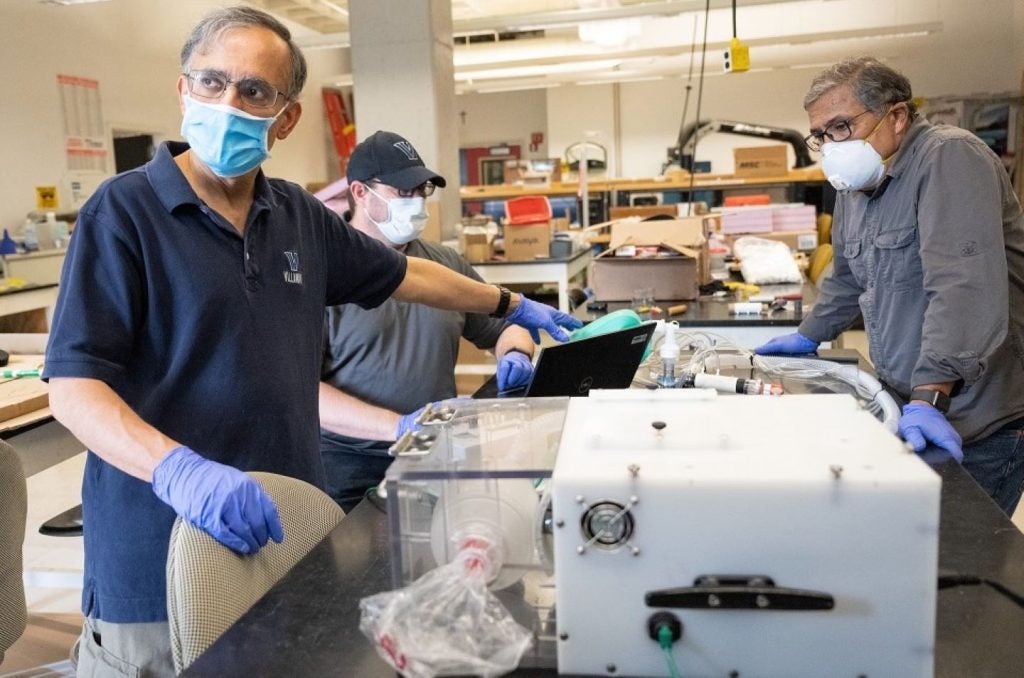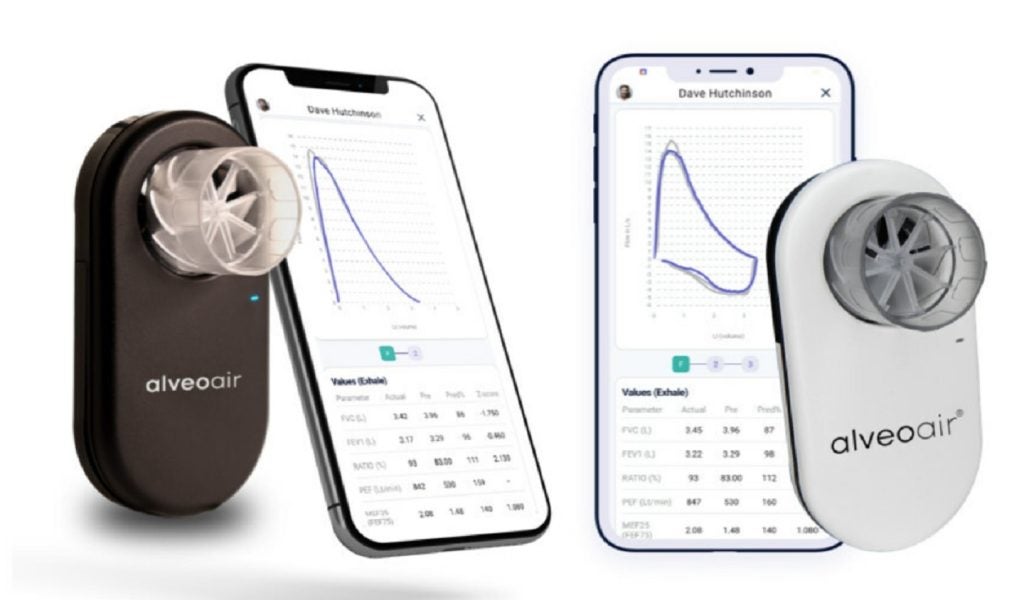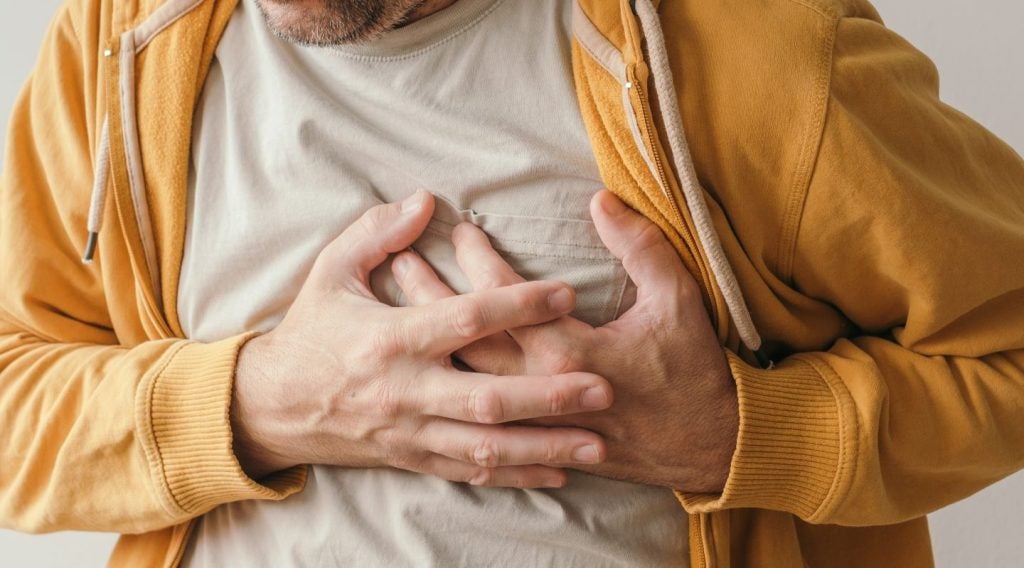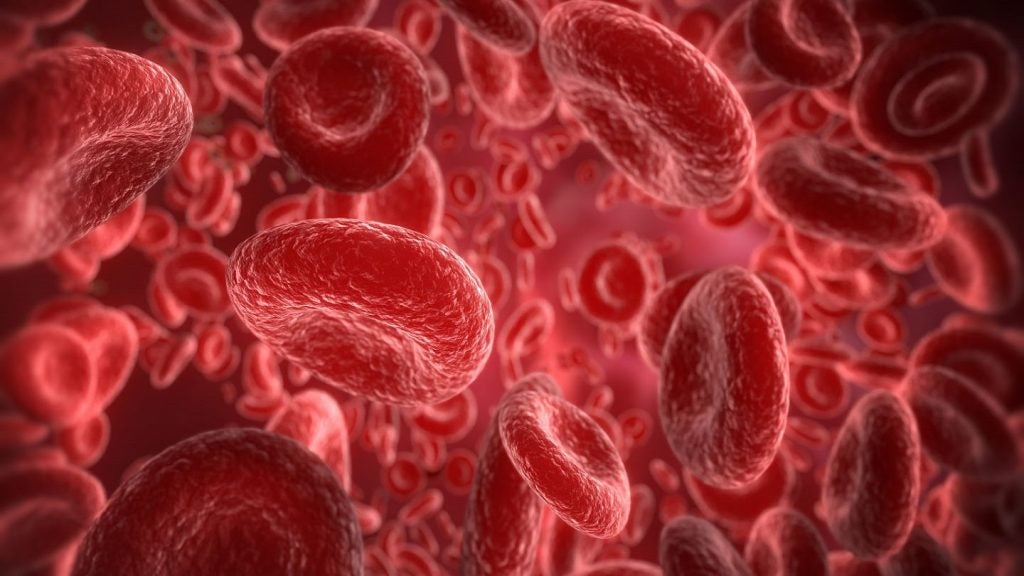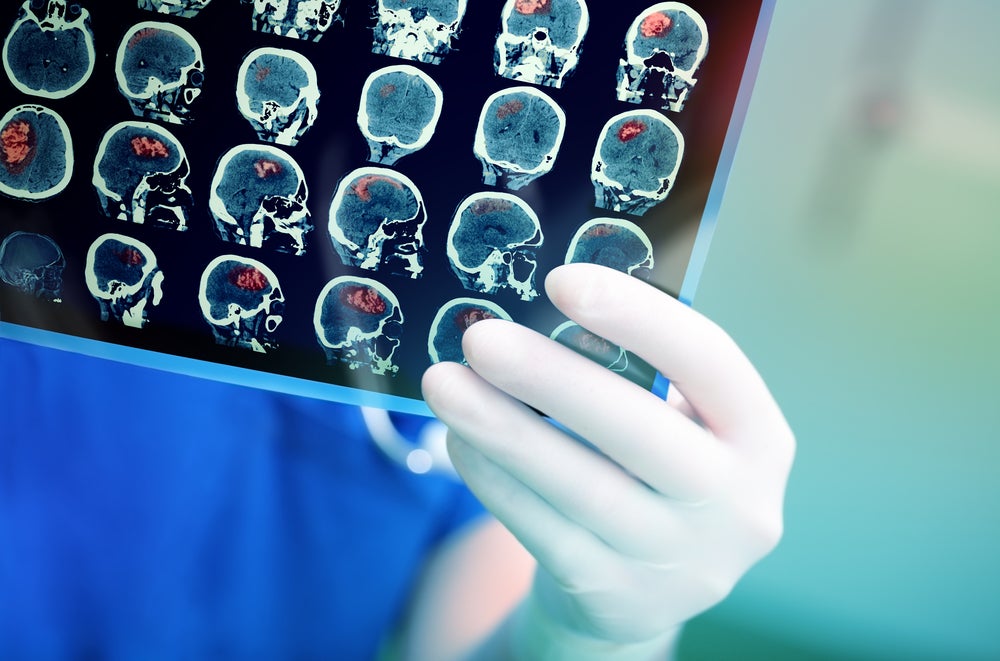Mechanical Engineering professors at Villanova University in the US have received a patent to develop a new type of affordable mechanical ventilator called NovaVent.
Professors Dr C Nataraj, Alfonso Ortega and Garrett Clayton, as well as the College of Engineering facilities manager Chris Townend, received the patent.
The machine was manufactured in its initial stages as an emergency substitute during the Covid-19 pandemic.
NovaVent will now serve as an increased-efficiency, affordable device fit for addressing the worldwide requirement for medical equipment.
Nataraj said: “The need for this equipment goes beyond Covid-19. Ventilators like NovaVent are critical parts of the medical infrastructure that are also needed to help the treatment of lung disease, cardiac arrest, strokes, brain injuries and more.”
Built using widely accessible components, NovaVent offers continuous mandatory ventilation (CMV) for individuals who cannot breathe on their own.
The newly patented design can also regulate the tidal volume, a key factor for offering patients enough ventilation while avoiding lung trauma.
The control panel of the machine permits setting adjustments and the alarms will go off if the exact conditions are not fulfilled.
NovaVent is said to provide CMV at a rate of nearly 90% of costly high-end ventilators and save manufacturing costs.
The device was tested on a lung simulator at the Children’s Hospital of Philadelphia and further adjusted using a simulator at the university.


